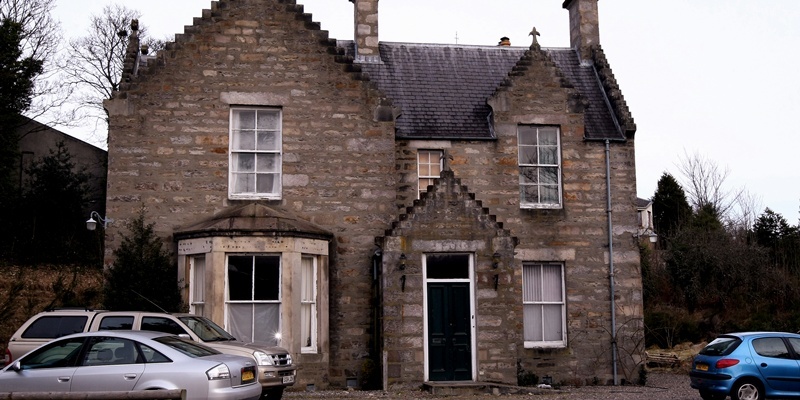An impassioned plea to preserve the heart of Pitlochry has been made by a new resident of the Highland Perthshire town.
As a retired architect from America, Ann Crew has taken a professional interest in the ongoing battle between locals and developers.
Before moving to the Victorian town Ms Crew had been a regular visitor since 1961, repeatedly drawn to what she describes as “one of the gems” of the Scottish Highlands.
However, she admitted to being “horrified” at the prospect of Aviemore-based Upland Development succeeding with its plans to transform the former Greggs bakery into a hotel and retail unit, as well as tearing down the Bank House to make way for flats.
She said, “When viewed on the Perth and Kinross planning department website, the project screams out insensitivity to this beautiful town. I served for 10 years on the architectural design board of the city where I used to live.
“The board saw many projects of the Uplands Development type architecture and planning dominated by a corporate image and completely out of context to its environment.
“We always firmly denied such projects and appealed to the developer to see our city as a unique place with its own identity, one to be respected and cherished. We often got the developers to work with us.”
A group of residents are hoping to show Upland Developments that they are willing to work with them, rather than against them by setting up the Pitlochry Conservation Trust.
As part of a new approach to the proposals, the trust has already enlisted the help of architectural students to find viable alternatives to the submitted plans.This will culminate with a public exhibition and presentation at Pitlochry Town Hall on September 4, when the graduates will show their vision for the town centre.
Ms Crew has praised this initiative, saying, “Sensitive development, as being proposed by a thoughtful group of citizens, will enhance this wonderful town. The baronial style of late Victorian architecture should be preserved, especially the Bank House, which should be carefully renovated. If it is torn down, it can never be replaced.”
She feels an ideal solution would be to make the property and burn running through the town a “focal point,” surrounded by green space and paths, shops, tourist accommodation and “discreet” housing.
“To lose this jewel of a house and the character of the main street of the town to inappropriate planning and architecture would be a mistake that can never be rectified,” she continued. “So much more can be, and should be, done.”
